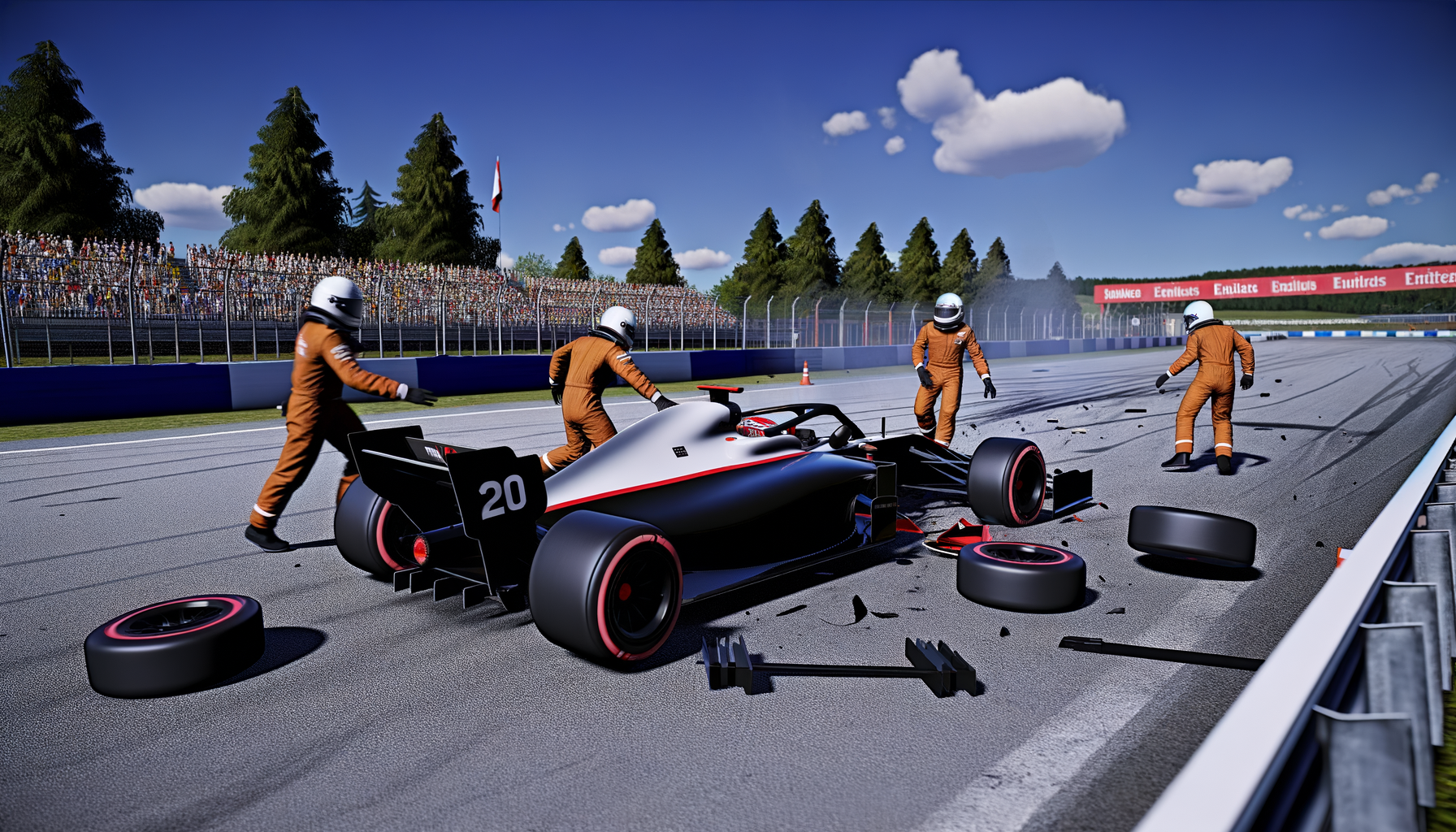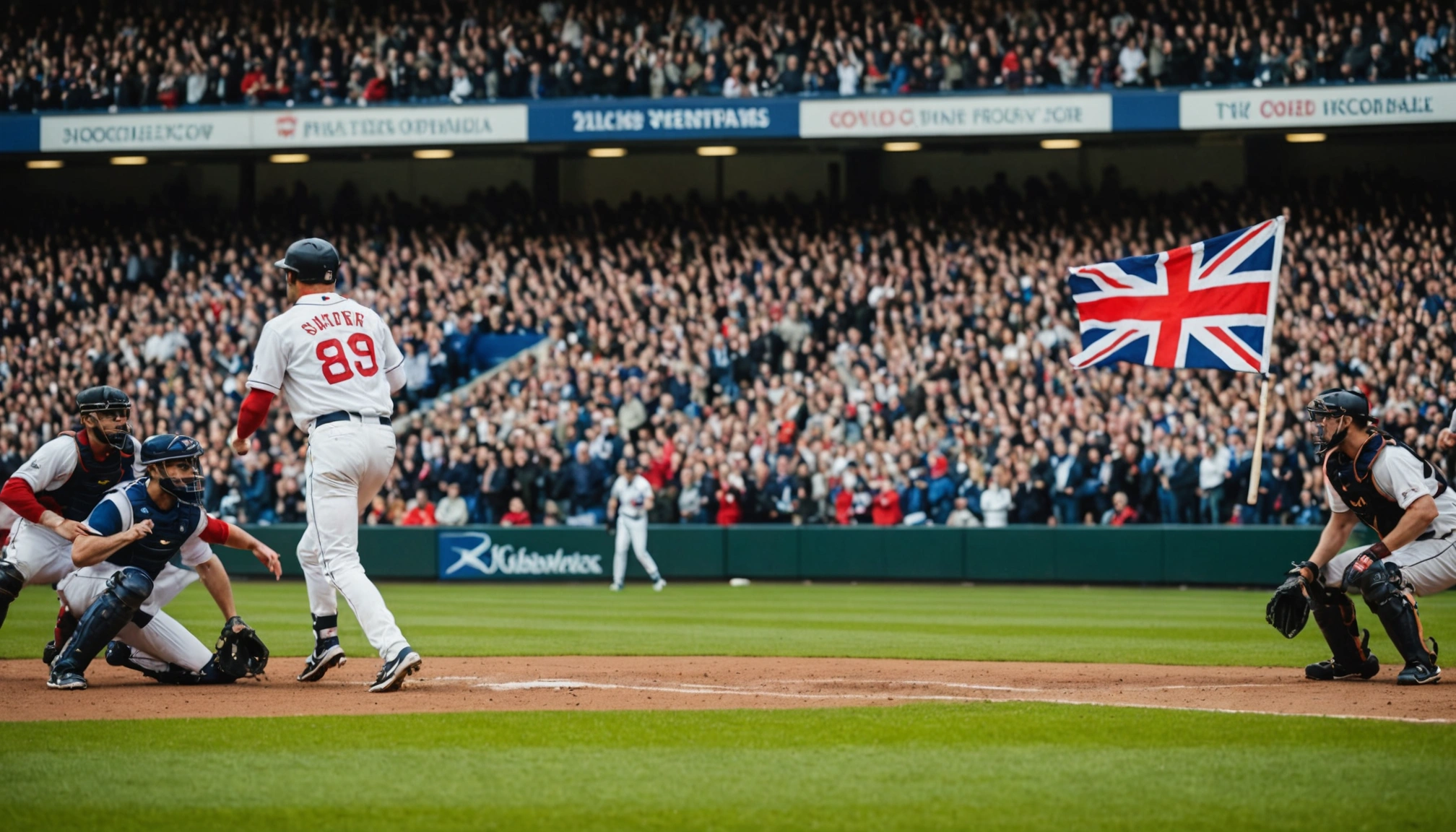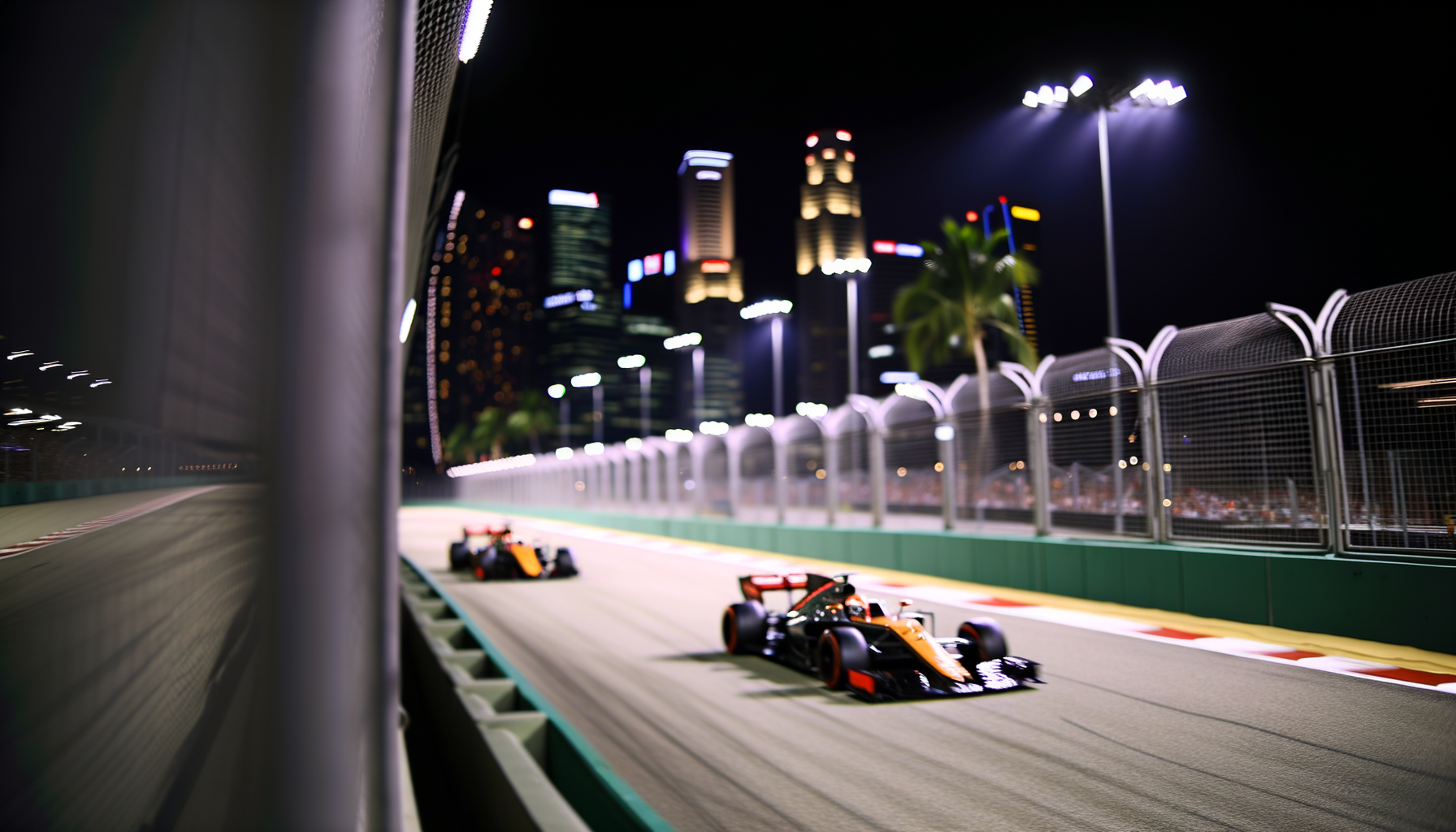Isack Hadjar crash triggers early red flag in US GP qualifying
Isack Hadjar’s crash brought an early red flag during US GP qualifying in Austin, impacting the session dynamics and driver strategies significantly.

By Editorial
Introduction To The US Grand Prix Qualifying Session
The United States Grand Prix in Austin always promises thrilling moments, and the recent qualifying session was no exception. Isack Hadjar’s crash early in the session triggered a red flag that disrupted the flow and forced several drivers to rethink their strategies. This incident not only impacted the qualifying order but also highlighted the challenges faced by young drivers in high-pressure situations.
Details Of Isack Hadjar’s Crash And Its Immediate Effects
During the early stages of qualifying, Isack Hadjar lost control at a critical corner, resulting in a heavy crash that brought out the red flag. The session was halted to allow marshals to clear debris and ensure the safety of the circuit. Such interruptions are critical in Formula 1 qualifying as they freeze the clock and halt the momentum of drivers on flying laps.
Hadjar’s crash occurred at a spot notorious for challenging grip levels, especially under the Texan sun. This incident not only affected Hadjar’s chances but also influenced the track conditions and tyre strategies for the remaining qualifiers.
How The Red Flag Changed The Qualifying Dynamics
Red flags in qualifying sessions can be game-changers. For some drivers, it means a lost opportunity to improve lap times; for others, it offers a chance to reassess tactics. In Austin, the early red flag caused by Hadjar’s crash meant teams had to recalibrate their approaches quickly.
Teams adjusted tyre compounds and timing to maximise the limited running time once the session resumed. Notably, some drivers who had not yet set competitive laps found themselves under pressure to deliver in a shortened window, impacting the overall grid lineup.
The Pressure On Young Drivers In Formula 1 Qualifying
Isack Hadjar, a promising talent, exemplifies the challenges young drivers face in Formula 1. Qualifying sessions require precision, composure, and adaptability. One mistake can end a session prematurely, as seen in Austin.
Hadjar’s crash serves as a case study in the fine margins between pushing limits and maintaining control. Teams and coaches increasingly focus on mental preparation and simulation training to help young drivers manage the intense pressure of F1 qualifying.
Case Study: Hadjar’s Performance Leading Up To The Crash
Before his crash, Hadjar showed competitive pace, hinting at a potential breakthrough qualifying position. However, the combination of track conditions and aggressive driving led to the loss of control. This highlights how experience and track familiarity are crucial in such high-stakes environments.
Impact On The Race Strategy And Championship Standings
Qualifying positions heavily influence race day strategies, particularly on a circuit like Circuit of the Americas. Hadjar’s crash and subsequent grid position forced his team to reconsider their approach, balancing risk and reward for the main race.
The incident also affected the championship battle, as drivers who capitalised on the disruption gained advantageous starting spots. These shifts can be pivotal in tightly contested championships, where every grid place counts.
Comparing With Other Recent Qualifying Incidents
Red flags due to crashes are not uncommon in F1. For example, recent qualifying sessions have seen interruptions that dramatically reshaped the grid, such as the red flag triggered during the Italian GP by a similar driver error. These incidents underscore the unpredictability and excitement of the sport.
Conclusion: Lessons From Austin And Looking Ahead
Isack Hadjar’s crash and the resulting red flag at the US GP qualifying in Austin serve as a reminder of the razor-thin margins in Formula 1. The incident impacted not only the session but also the broader race strategies and championship narratives.
For fans keen to follow the evolving drama of motorsport, staying updated with comprehensive coverage is essential. For instance, our latest football gossip offers similarly in-depth insights into other sports.
As the season progresses, drivers like Hadjar will aim to convert these learning experiences into improved performances. The balance between aggression and control will remain a key theme throughout the championship.
For further details on sports news and updates, SportScoop offers a rich repository of articles, including stories like how Alcaraz and Sinner are redefining modern tennis rivalry, keeping enthusiasts engaged across disciplines.
Understanding the nuances of qualifying incidents enhances appreciation of the sport’s complexity and the skill of its drivers. Hadjar’s experience in Austin is just one chapter in the thrilling narrative of this F1 season.
Related topics
Editorial
Sports expert at SportsScoop
Specialist in sports analysis and journalism
Related articles
Want to read more?
Explore our comprehensive collection of sports articles and analysis, or contact us for more information.



